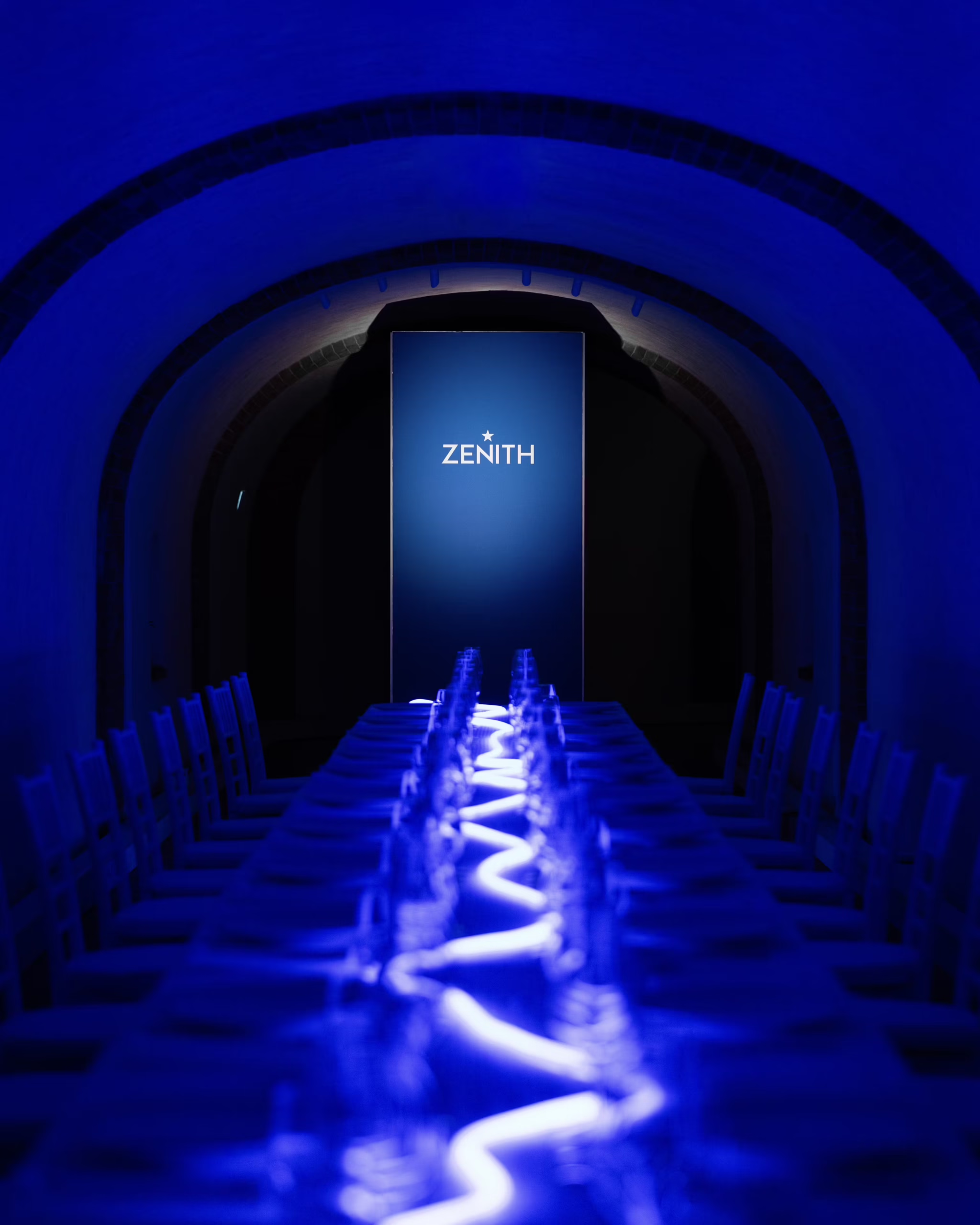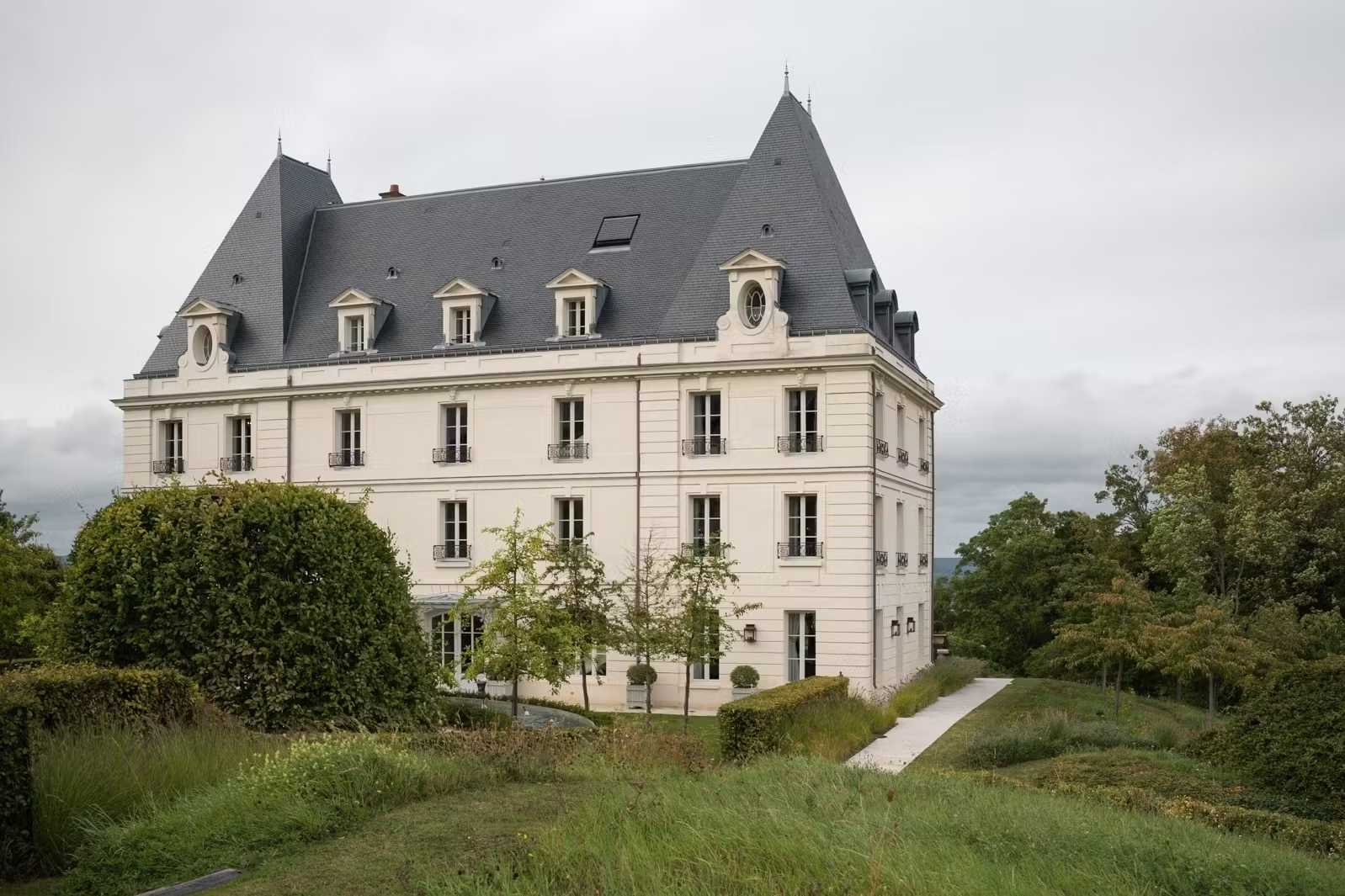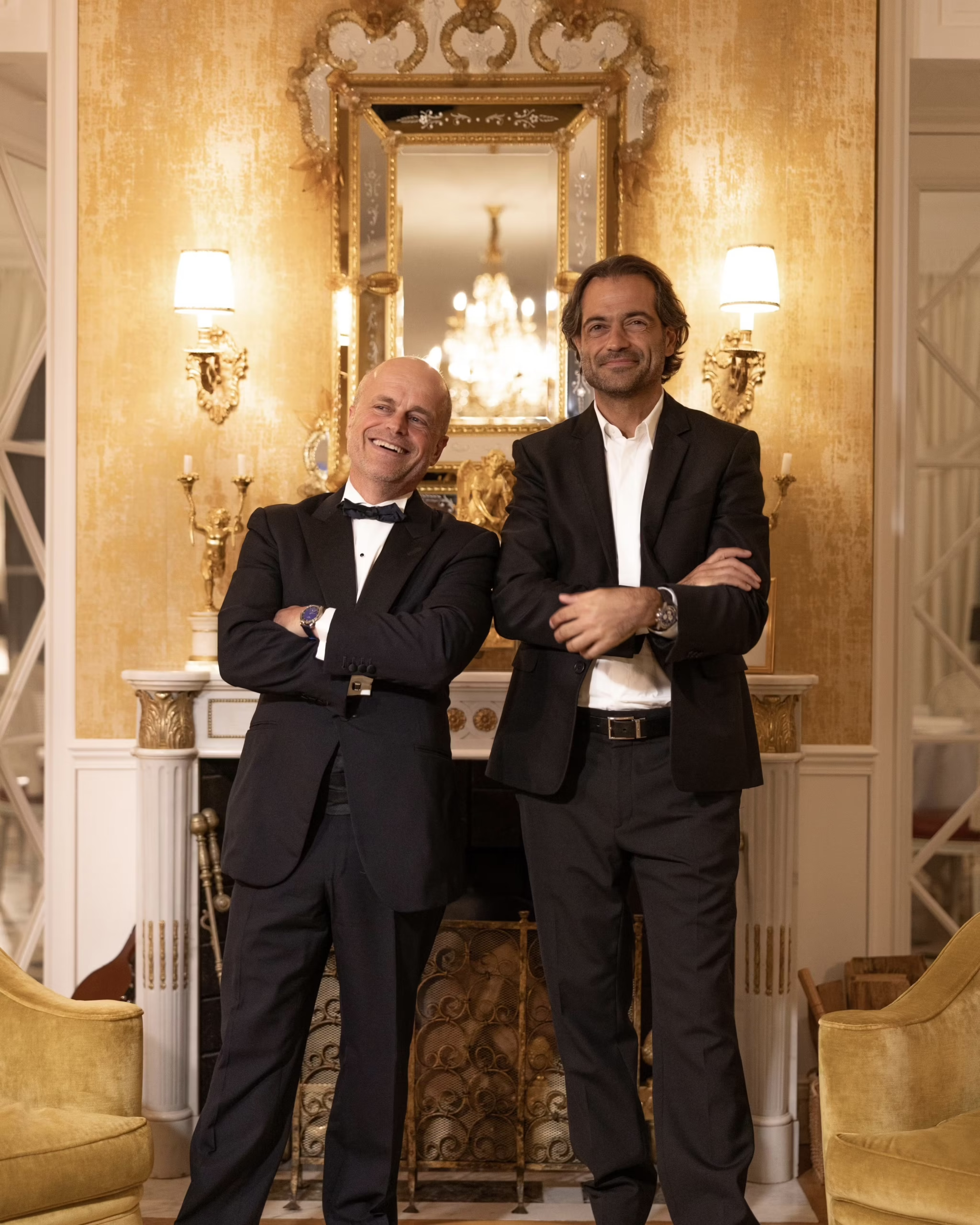In a year crowded with splashy collaborations, Zenith and Moët Hennessy chose a different register. On September 2, the watchmaker and the Moët Hennessy Private unit gathered a small circle of clients at the historic Château de Saran in the Champagne region for an evening about one thing only: savoir-faire. It was not a gala, it was a study in discipline, with Benoit de Clerck of Zenith and Jacques Giraco of Dom Pérignon on hand to guide the conversation.
At the center sat the G.F.J., an exceptional Zenith timepiece that channels the brand’s heritage through fresh innovation of the iconic Calibre 135. The 135 is a serious movement, rooted in precise chronometry rather than nostalgia, and placing it in this context felt apt. Fine watchmaking and viticulture are two crafts that measure life differently. One counts seconds, the other decades, and both reward restraint. That connection does not need fanfare to make its point.

Before dinner, guests entered Dom Pérignon’s world for an immersive look at the work behind its legendary vintages. The choice to let the process speak was smart. You can sell a story, or you can show a method. Here, it was the latter. Quiet rooms, careful hands, time doing the heavy lifting. The senses were engaged without theatrics, from the soft rise of bubbles in a glass to the measured pulse of a regulated calibre, two tempos in calm conversation.

The table was co-signed by Michelin-starred chef and Zenith friend Michel Sarran, together with Marco Fadiga, Executive Chef of Maison Dom Pérignon. Their menu read as a culinary translation of shared values: precision, balance, patience. Rare Dom Pérignon vintages were poured with care, the fine cut of crystal punctuating the room with a muted clink. There was no race to impress. Courses arrived with the kind of cadence that lets a conversation breathe.

Paris Match joined to create custom portraits for attending clients. In an era of social proof and instant sharing, opting for a considered portrait is a nice countercurrent. The shutter’s click, the stillness of a subject, the gravity of a printed image, all of it mirrors the evening’s premise that experience should be collected, not consumed.
When brands choreograph nights around substance, the experience lingers. When they stack logos, it does not. This one stayed on the right side of that line. Second, heritage matters when it is functional. The G.F.J. is presented as a living expression of the Calibre 135, not a museum piece. There is a difference, and watch people can feel it. Third, wine and watchmaking are aligned by the ethics of time. If you appreciate one, the other is not far away.

There is also a broader market note. LVMH has the scale to stage cross-Maison moments, and many conglomerates try to do the same. The risk is a diluted identity. The reward is a richer culture if each house keeps its voice. Here, Dom Pérignon’s obsession with detail and Zenith’s chronometric backbone complemented rather than competed. That is how group synergy earns its keep.

Was it exclusive? Of course. These rooms are by design not for everyone. But exclusivity is not a sin when the door closes for the sake of quality, not for spectacle. The night kept its posture low and its standards high. It read as a tribute to people who practice their craft daily, from the chef in the kitchen to the watchmaker at a bench.
The takeaway is simple. Luxury is less convincing when it shouts. It is most persuasive when the work is close enough to touch, when the bubbles rise quietly in the glass, and when a movement’s beat is steady rather than loud. By honoring the G.F.J. in the company of Dom Pérignon, Zenith and Moët Hennessy Private did not invent a new idea. They reminded us that excellence, presented with patience, still moves the room.
Read more about watches here.